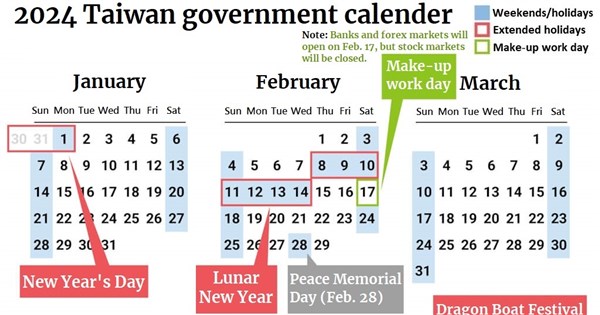
The current year in Taiwan calendar represents a significant subject within its field, encompassing a range of practices, traditions, and applications that shape daily life and broader cultural and professional landscapes. Understanding this unique calendrical system provides clarity about its historical background, its present relevance, and the way it continues to influence various aspects of society, from official documentation to everyday communication. Its dual existence alongside the Gregorian calendar offers a fascinating insight into Taiwan’s distinct identity and its engagement with both its heritage and the global community.
Definition and Origin of the Minguo Calendar System
The calendrical system predominantly used for official purposes in Taiwan is the Minguo calendar, or Republic of China (ROC) calendar. This system calculates years from the founding of the Republic of China in 1912, designating that year as Minguo Year 1 (民國元年, Mínguó Yuánnián). To determine the Minguo year from a Gregorian year, one simply subtracts 1911. For example, the Gregorian year 2024 corresponds to Minguo Year 113 (2024 – 1911 = 113).
The genesis of this system is rooted in the establishment of the ROC following the Xinhai Revolution, which overthrew the Qing Dynasty. Sun Yat-sen, the provisional president, declared the founding of the Republic on January 1, 1912, marking a pivotal moment in Chinese history. The Minguo calendar was adopted to symbolize this new era, breaking away from the imperial reign cycles that had previously dictated calendrical dating. While mainland China later adopted the Gregorian calendar exclusively after the establishment of the People’s Republic of China in 1949, the ROC government, which relocated to Taiwan, maintained the Minguo calendar for official use. This decision underscored a continuity of governance and a distinct national identity. This adoption was not merely practical but deeply symbolic, embedding the nation’s foundational event into its very perception of time.
Importance of the Minguo Calendar Today
The continued importance of the Minguo calendar in contemporary Taiwan extends beyond mere historical observance; it is a fundamental component of the nation’s administrative and cultural fabric. Its presence is ubiquitous in official documents, legal texts, government publications, and educational materials. Citizens encounter this dating system on identification cards, passports, driver’s licenses, and various permits. Businesses utilize it for invoicing, contracts, and regulatory compliance. This pervasive use ensures that the system remains relevant and understood by the populace, despite the simultaneous and widespread use of the Gregorian calendar for daily social and commercial activities.
The dual calendrical system reflects Taiwan’s unique geopolitical position and its blend of tradition and modernity. While the Gregorian calendar facilitates international communication and commerce, the Minguo calendar serves as a constant reminder of the nation’s origins and its distinct political lineage. It reinforces a sense of national identity and historical continuity, particularly for a society that values its heritage while engaging dynamically with the globalized world. This duality necessitates a degree of calendrical literacy, where individuals are adept at converting between the two systems, highlighting an adaptive cultural trait. The system is not just a method of dating; it is a cultural marker, a silent testament to a particular historical narrative that continues to shape the present.
Benefits of Understanding the Minguo Calendar
Understanding the Minguo calendar offers several distinct benefits, both for residents of Taiwan and for international individuals interacting with the island nation. Foremost among these is enhanced clarity in official and administrative contexts. For anyone dealing with government agencies, legal matters, or formal documentation in Taiwan, familiarity with this dating system is indispensable. It prevents misinterpretations and ensures accuracy in critical communications, from birth certificates to property deeds.
Beyond practical administration, comprehension of this system fosters deeper cultural understanding. It provides insight into Taiwan’s historical consciousness and the way its foundational narrative is woven into everyday life. This cultural literacy is particularly valuable for expatriates, foreign students, and business professionals who seek to integrate more fully into Taiwanese society or conduct operations smoothly. For historians and researchers, the system offers a direct link to primary sources and historical records, allowing for precise dating and contextualization of events within Taiwan’s specific timeline. The ability to navigate both calendrical systems effectively can also be seen as a cognitive advantage, promoting adaptability and a broader perspective on timekeeping methodologies.
Applications of the Minguo Calendar
The applications of the Minguo calendar are diverse and deeply embedded in the operational aspects of Taiwanese society. Its most prominent application is within government and public administration. All official documents issued by government bodies, including passports, national identification cards, vehicle registrations, and business licenses, bear dates in the Minguo format. This standardization ensures uniformity across all governmental records and processes, providing a consistent framework for legal and administrative functions.
In the financial sector, the Minguo calendar is frequently used for official reporting, tax documents, and some banking transactions, particularly those involving government-related entities or long-term financial instruments. While international transactions typically default to the Gregorian calendar, internal reporting and regulatory filings often adhere to the local system. Educational institutions also widely employ this dating method for academic records, diplomas, and official transcripts, linking student achievements directly to the national timeline. Beyond these formal applications, the system appears in various public announcements, historical markers, and commemorative items, reinforcing its presence in the collective consciousness. While daily consumer goods and informal communications often use the Gregorian calendar, any situation requiring official precision or historical context will almost invariably reference the Minguo year, highlighting its enduring practical utility.
Challenges and Future of the Minguo Calendar
Despite its deeply rooted importance, the Minguo calendar system faces certain challenges, primarily stemming from its co-existence with the globally dominant Gregorian calendar. The necessity of converting between the two systems can occasionally lead to confusion or errors, particularly for individuals unfamiliar with the Minguo format or for international entities interacting with Taiwan. This dual system sometimes requires additional steps in data processing and cross-cultural communication, potentially introducing minor inefficiencies in certain globalized contexts. For new arrivals or younger generations, while the system is learned, the initial adjustment period can still present a slight learning curve.
Looking towards the future, the Minguo calendar is expected to maintain its significance in Taiwan. Its symbolic value as a marker of national identity and historical continuity is too profound to be easily discarded. While the trend towards greater international integration might see the Gregorian calendar gain even more prominence in informal and commercial spheres, the Minguo system will likely remain the cornerstone of official and governmental dating. Technological advancements, such as digital tools and automatic conversion features in software, can help mitigate the practical challenges of dual usage. Furthermore, as Taiwan continues to assert its unique cultural and political identity on the world stage, the Minguo calendar will likely persist as a distinctive element, serving as a constant reminder of its particular historical trajectory and sovereignty. Its future is not one of obsolescence, but rather one of continued, albeit specialized, relevance.
FAQs about the Minguo Calendar
Q1: What is the Minguo calendar?
The Minguo calendar is Taiwan’s official dating system, commencing with the founding of the Republic of China in 1912. It designates 1912 as Minguo Year 1, with subsequent years incrementing from that point.
Q2: Why is the Minguo calendar important?
It is important because it serves as a fundamental component of Taiwan’s national identity and administrative framework. It is used on all official documents, legal records, and government publications, symbolizing the nation’s historical continuity.
Q3: What are the main benefits of understanding the Minguo calendar?
Key benefits include ensuring accuracy in official and legal dealings, fostering deeper cultural understanding of Taiwan’s history and identity, and facilitating smoother integration for those living or working within the country.
Q4: How can the Minguo calendar be applied in daily life?
In daily life, it is applied primarily in official contexts such as identification documents, passports, driver’s licenses, and tax forms. While daily social interactions often use the Gregorian calendar, official matters require Minguo dates.
Q5: What challenges are associated with the Minguo calendar?
Challenges include potential confusion due to its co-existence with the Gregorian calendar, requiring conversion for international interactions, and a slight learning curve for those unfamiliar with the system.
Tips for Navigating the Minguo Calendar
Understand the fundamentals.
Grasp that the Minguo year is derived by subtracting 1911 from the Gregorian year. This simple conversion is the cornerstone of understanding and utilizing the system effectively in Taiwan.
Focus on practical use.
Pay close attention to dates on official documents, forms, and government communications. While the Gregorian calendar is common for social use, always verify the required format for formal interactions.
Stay updated on new trends or research.
While the Minguo calendar itself is static, staying informed about any changes in official documentation practices or digital tools that facilitate conversion can be beneficial for efficiency.
Avoid common mistakes.
Do not assume that all dates in Taiwan are Gregorian. Always double-check the context, especially when dealing with legal, financial, or governmental paperwork, to prevent errors.
Adopt a long-term approach.
Embrace the Minguo calendar as an integral part of Taiwan’s cultural landscape. Consistent exposure and practice will lead to greater familiarity and seamless navigation of its applications over time.
Conclusion about the Minguo Calendar
The Minguo calendar, a distinctive feature of Taiwan’s administrative and cultural landscape, represents a continuing importance that permeates various facets of society. Its role in officially dating events, documents, and historical milestones reinforces its cultural, professional, and personal significance. This system serves not merely as a chronological tool but as a powerful symbol of national identity and historical continuity, linking contemporary Taiwan to its foundational narrative. While challenges such as the need for conversion in a globally Gregorian-centric world exist, the inherent benefits of maintaining this unique calendar system far outweigh these minor complexities. It ensures precision in official matters, deepens cultural understanding, and strengthens a sense of distinct heritage. Consequently, the Minguo calendar remains a central element of progress and relevance, ensuring its enduring presence and influence in Taiwan’s future.
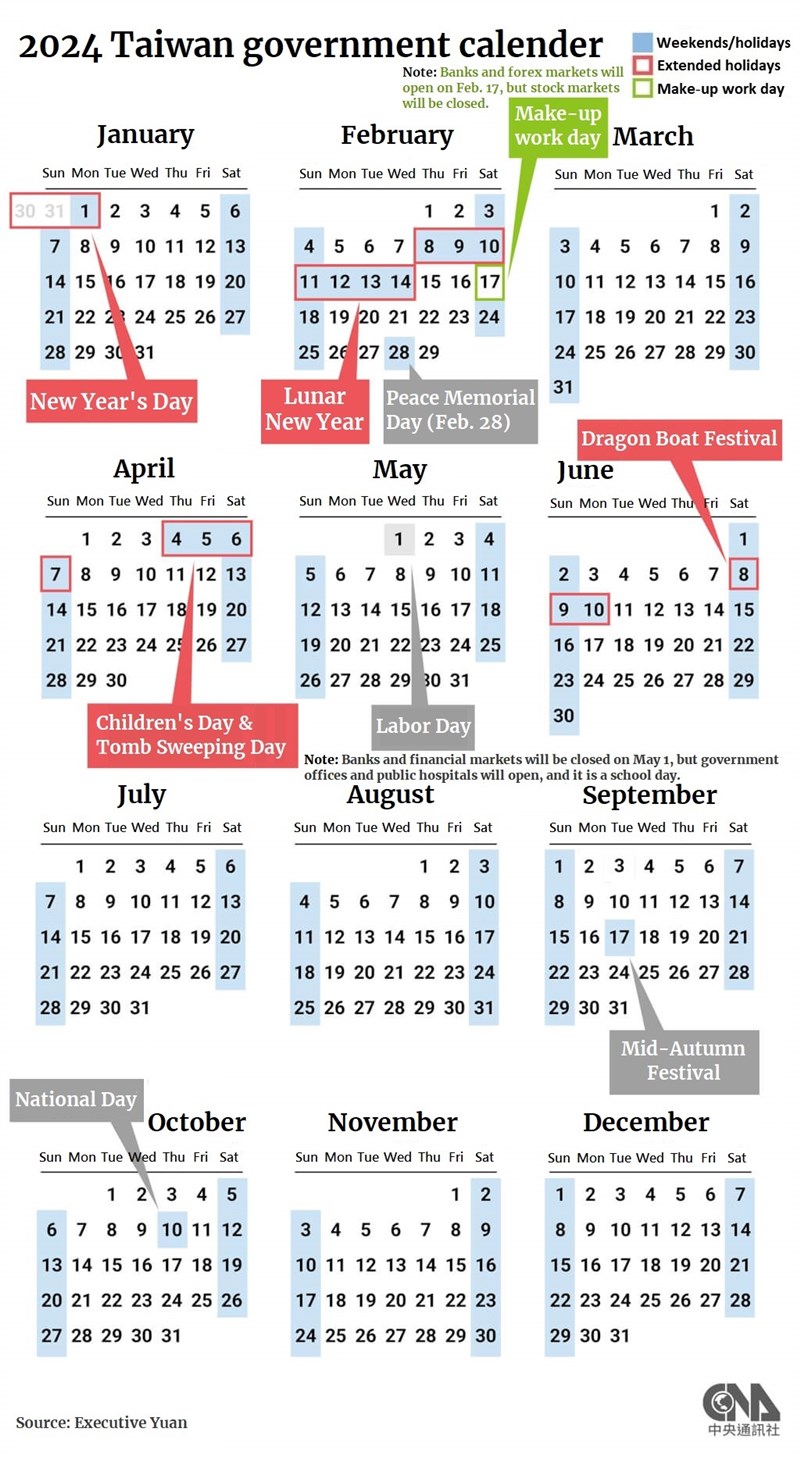
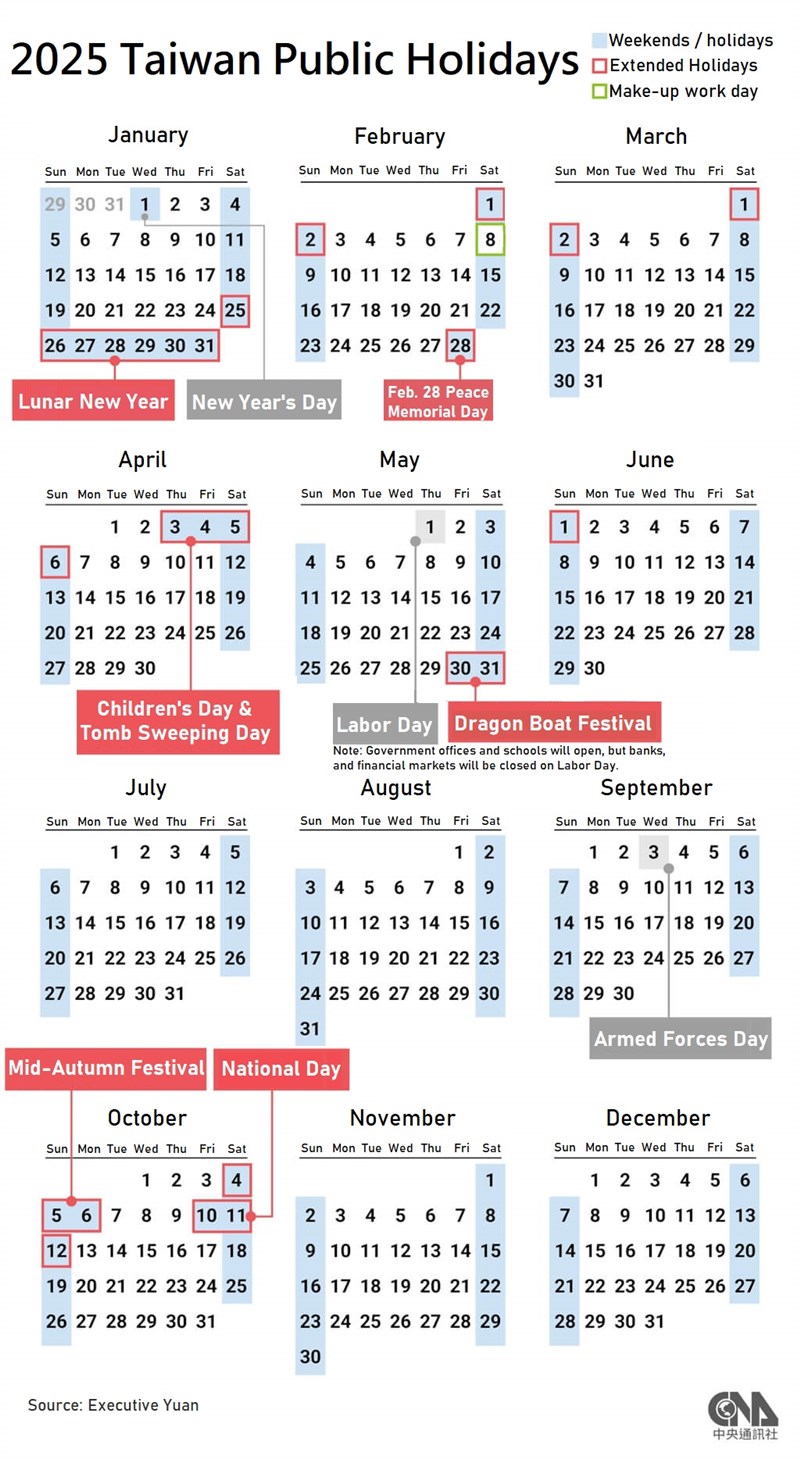
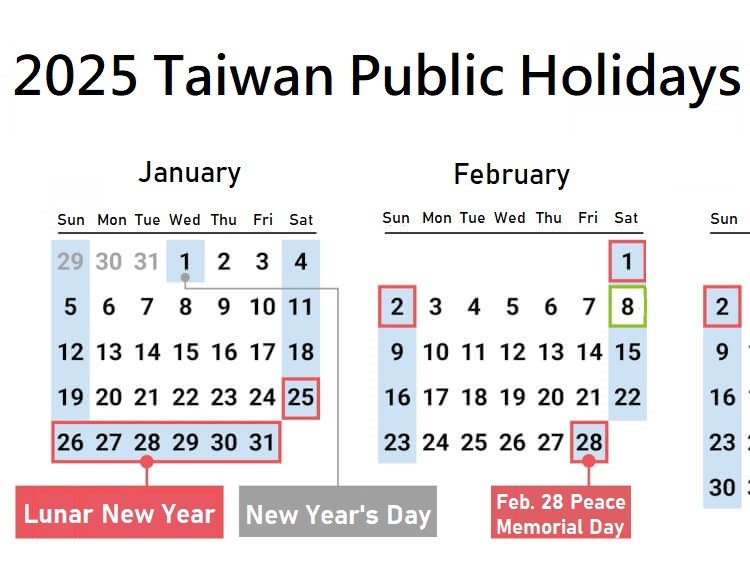

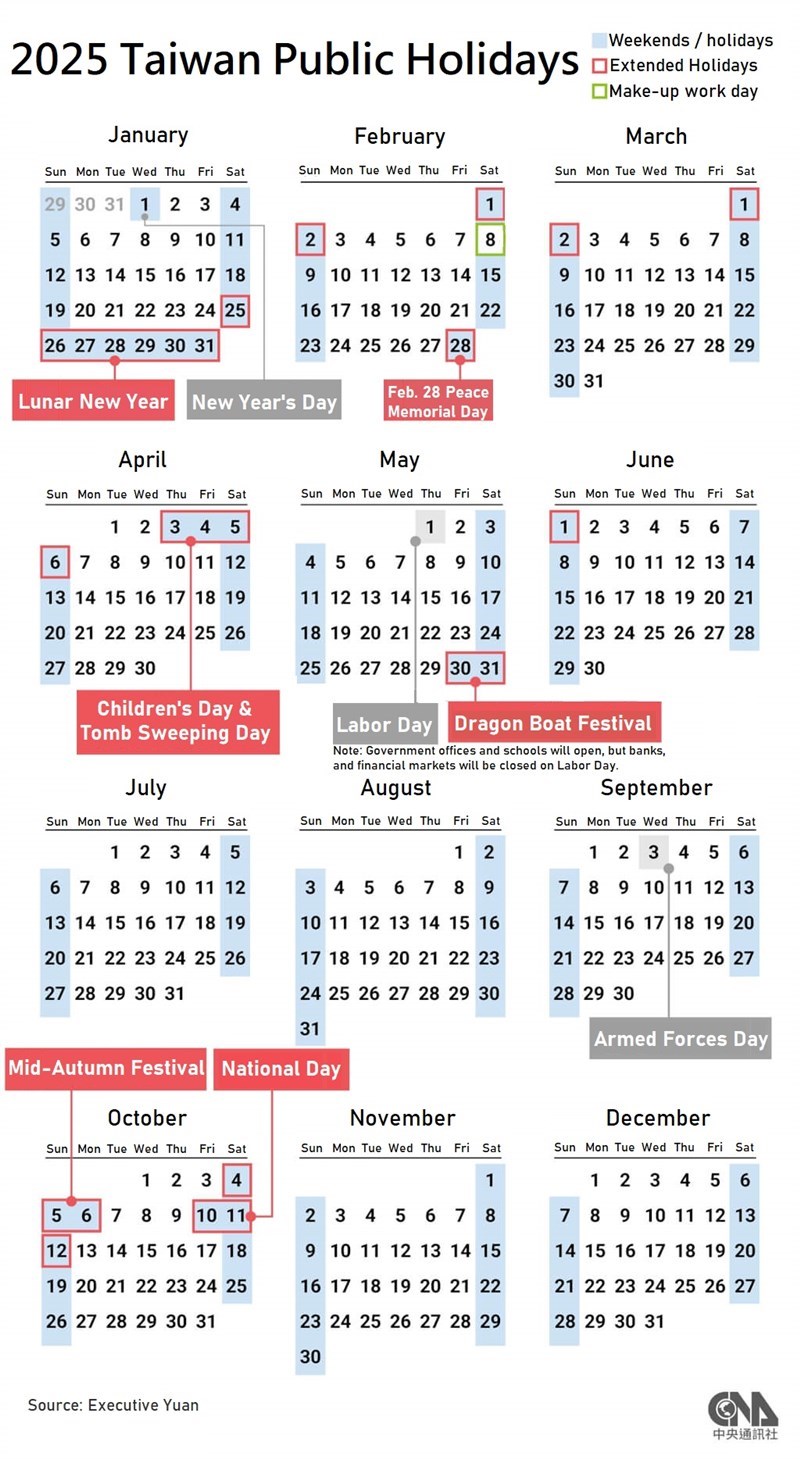
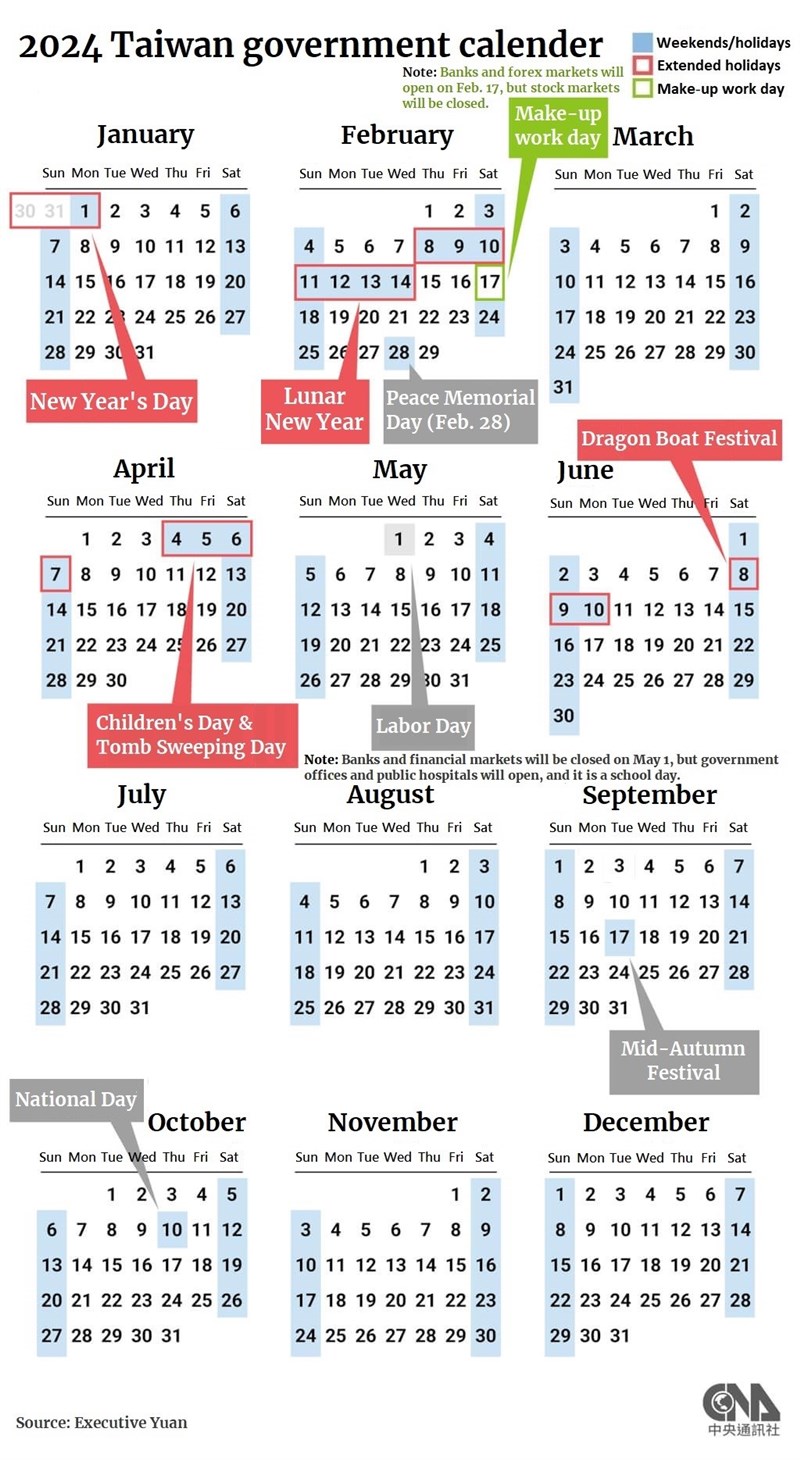
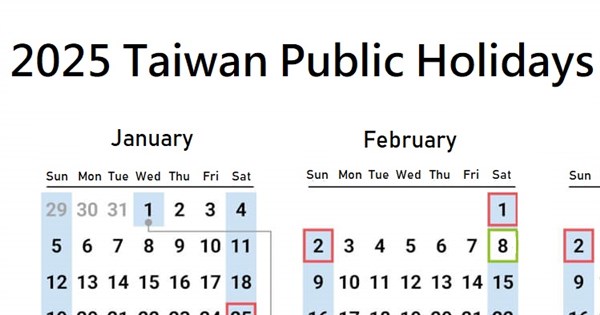
Leave a Reply